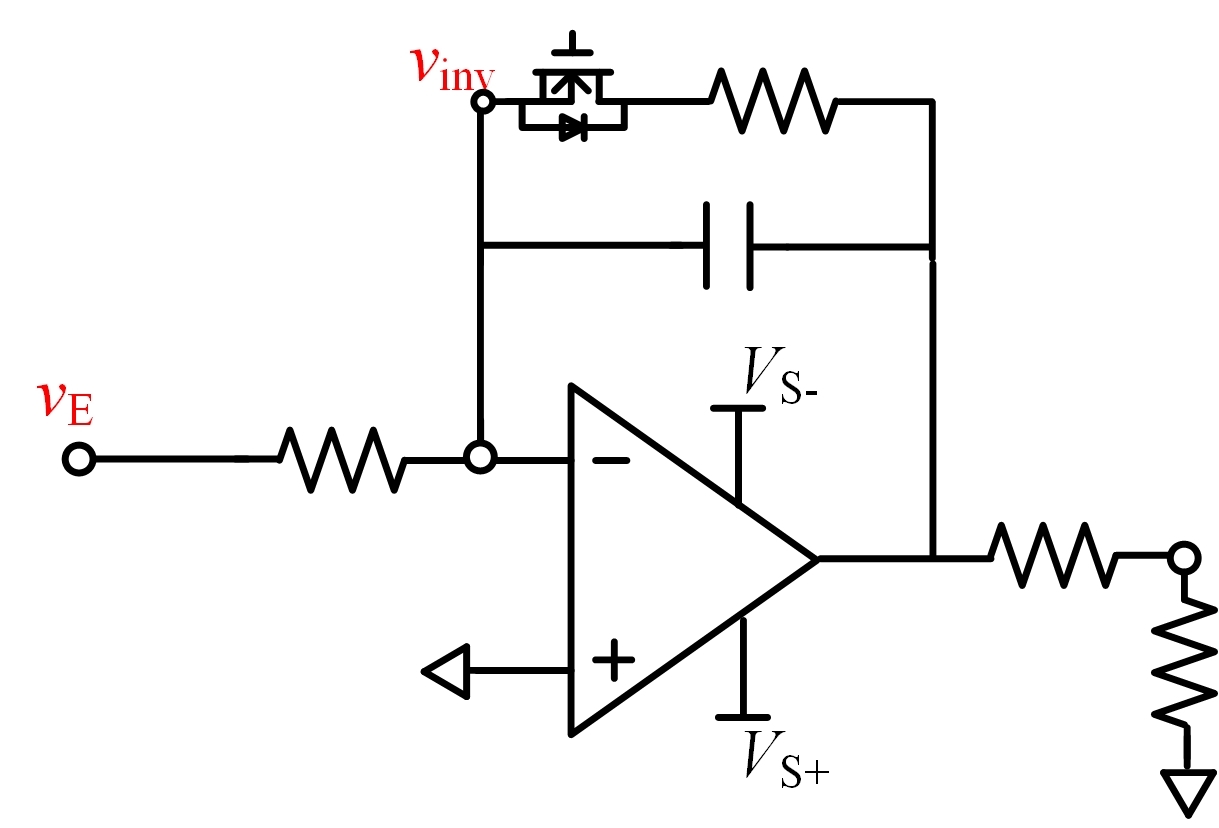Other Parts Discussed in Thread: ACF2101
Hi TI expert,
My problem is as the figure below.
Based on my application, I need to find a subcircuit or component, denoted as A. A can be controlled by FPGA/CPLD. When FPGA makes A conduct, input voltage vE is integrated. When FPGA makes A turn off, vE is then blocked from the integrator.
When on, A's resistance should be much smaller than integration resistance.
vE is at most between +-30V. And I've been thinking about using MOSFET as A. However, voltage at P is changing when integrator works and I then need to use iosltaed power for the MOS and isolated buffer so that FPGA can drive the MOS.
I consult you experts for a simpler and better solution,
Regards
Yatao




